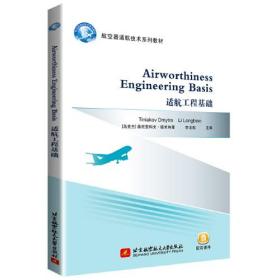
适航工程基础 Airworthiness Engineering Basis
适航工程基础
¥ 28.52 6.2折 ¥ 46 全新
库存3件
广东广州
认证卖家担保交易快速发货售后保障
作者[乌克兰]蒂尼亚科夫·德米特里 李龙彪 主编
出版社北京航空航天大学出版社
出版时间2020-09
版次1
装帧其他
货号密A22
上书时间2023-03-06
- 最新上架
商品详情
- 品相描述:全新
图书标准信息
- 作者 [乌克兰]蒂尼亚科夫·德米特里 李龙彪 主编
- 出版社 北京航空航天大学出版社
- 出版时间 2020-09
- 版次 1
- ISBN 9787512432093
- 定价 46.00元
- 装帧 其他
- 开本 16开
- 纸张 胶版纸
- 【内容简介】
-
The book is connected with the history of the aviation development, some bases for the aerodynamic, strength analysis, airworthiness and manufacturing of civil aircraft. Also, there is the base information about typical structural materials. And also, obligatorily, there are some topics about designing process, specifics of major structural members and systems of civil airplanes. The emphasis is put on the connection among airworthiness requirements, parameters of environment in which an aircraft operates, and structure of an airplane.
This book will be useful for students with majors: civil aviation engineers, designing, manufacturing, strength analysis and airworthiness of aircraft. - 【目录】
-
Chapter 1 General Questions of Aviation Operations 1
1.1 The history of aircraft development 1
1.1.1 Dreams about human flight 1
1.1.2 The development of aviation in the 20th century 7
1.1.3 Modern time of aviation (from 1980 till now) 18
1.2 The brief of airworthiness development 21
1.2.1 Problems of aircraft safety 21
1.2.2 Airworthiness as tool of safety providing 23
1.2.3 History brief about airworthiness development 24
1.3 What determines the development of aviation 31
1.3.1 Base of aviation development 31
1.3.2 Future directions of aviation development 32
Questions 34
Chapter 2 Classification and Requirements of Aircraft 36
2.1 The principles of lift force creating 36
2.1.1 The aerostatic principle of a flight 36
2.1.2 The aerodynamic principle of a flight 37
2.1.3 The ballistic principle of a flight 40
2.1.4 The rocket principle of a flight 41
2.2 Aircraft classification according to the flight principle 44
2.2.1 Lighter-than-air aircraft 44
2.2.2 Aircraft with the aerodynamic principle of a flight 48
2.3 Civil aircraft classification by functions 57
2.3.1 Commercial aviation aircraft 57
2.3.2 General aviation aircraft 59
2.3.3 Special operations aircraft 59
2.4 Aircraft operation and flight performances 62
2.4.1 Payload 62
2.4.2 Cruise and maximum speeds 63
2.4.3 Cruise altitude 64
2.4.4 Flight range 64
2.4.5 Endurance 65
2.4.6 Take-off distance 65
2.4.7 Landing distance 66
2.4.8 Purchase cost 67
2.5 Aircraft requirements 67
2.5.1 General requirements 67
2.5.2 Aviation regulations 69
Questions 72
Chapter 3 Basic Concepts of Aerodynamics 73
3.1 Environment and its characteristics, in which aircraft operates 73
3.1.1 The atmosphere composition 73
3.1.2 Main dangerous events of environment 74
3.1.3 Indicators of atmosphere 77
3.1.4 International standard atmosphere 83
3.2 The basic aerodynamic equations 84
3.2.1 Continuity equation 84
3.2.2 Bernoulli equation 85
3.3 Aerodynamic forces and rations 86
3.3.1 Lift force 87
3.3.2 Drag force 88
3.3.3 Lift-to-drag ratio 91
Questions 92
Chapter 4 Basics of Strength and Rigidity of Aircraft 94
4.1 The concept of strength of aircraft 94
4.1.1 Loads categories 95
4.1.2 Air loads 96
4.1.3 Inertial loads 98
4.1.4 Powerplant loads 99
4.1.5 Landing-gear loads 99
4.2 Loading the aircraft units and their deformation under load 100
4.2.1 Externally loaded airframe 100
4.2.2 Load path 102
4.2.3 Bending of beam structures 102
4.2.4 Loads and load paths in an airframe 104
4.2.5 Fuselage loads 107
4.2.6 Dynamic loads 108
Questions 108
Chapter 5 Basic Concepts of Manufacturing of Aircraft 110
5.1 Features of aircraft and aircraft manufacturing 110
5.1.1 Manufacturing specifics of aircraft 111
5.1.2 General structure of aviation plant 114
5.2 Concepts of aircraft technology 116
5.2.1 Concept layout of airplanes parts 116
5.2.2 Types of manufacturing operations 119
5.3 Types of manufacturing 120
5.3.1 Mass manufacturing 120
5.3.2 Serial manufacturing 120
5.3.3 Single manufacturing 121
5.3.4 Pilot manufacturing 122
Questions 122
Chapter 6 Basic of Materials Science 123
6.1 Materials and design 123
6.1.1 The selection of materials 123
6.1.2 The evolution of engineering materials 124
6.1.3 Design tools and materials data 126
6.1.4 Functions, materials, shapes and processes 127
6.2 Modern structural materials 128
6.2.1 Classes of engineering materials 128
6.2.2 The definitions of material properties 129
6.3 Materials for aircraft 130
6.4 Features of main aircraft structural materials 133
6.4.1 Requirements to materials 133
6.4.2 Steel structure and properties 133
6.4.3 Aluminum alloys 13 5
6.4.4 Magnesium alloys 138
6.4.5 Titanium alloys 139
6.4.6 Types,characteristics, and applying of composite materials 142
6.5 Modern tendencies of material using in aviation 144
Questions 145
Chapter 7 General Structure of Aircraft 146
7.1 Main structural units of aircraft 146
7.1.1 Purpose and specifics of wing 147
7.1.2 Purpose and specifics of fuselage 147
7.1.3 Purpose and specifics of tail unit 148
7.1.4 Purpose and specifics of flight control surfaces 149
7.1.5 Purpose and specifics of landing gear 149
7.1.6 Powerplant 150
7.2 Classification of aircraft by the units? arrangement 150
7.2.1 Wing configurations 150
7.2.2 Landing gear types 153
7.2.3 Powerplant types 154
7.2.4 Airplane speed classification 154
7.3 Wing structure 155
7.3.1 The main geometrical parameters of the wing 155
7.3.2 Different wing shapes in horizontal plane 157
7.3.3 The main structural members of the wing 158
7.4 Fuselage structure 167
7.4.1 The main geometrical parameters of the fuselage 167
7.4.2 The main shape types of the fuselage 167
7.4.3 The main structural members of the fuselage 168
7.5 Tail unit structure 172
7.5.1 The main geometrical parameters of the tail unit 172
7.5.2 The main shape types of the tail unit 174
7.6 Landing gear structure 175
7.6.1 The main geometrical parameters of the landing gear 175
7.6.2 The main types of the landing gear 176
7.7 Powerplant systems 180
7.7.1 Content of the powerplant systems 180
7.7.2 Piston engines specifics 183
7.7.3 Turboprop engines specifics 184
7.7.4 Bypass turbojets 185
7.7.5 Other engines specifics 186
7.8 Systems of airplanes 187
7.8.1 The list of aircraft systems 187
7.8.2 Flight control system 187
7.8.3 Electrical systems 189
7.8.4 Hydraulic systems 190
7.8.5 Pneumatic systems 192
7.8.6 Environmental control systems 194
7.8.7 Emergency systems 202
Questions 214
References 215
点击展开
点击收起
相关推荐
— 没有更多了 —


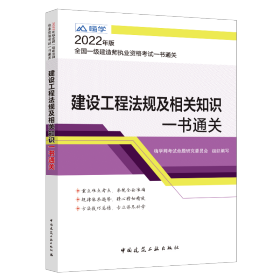


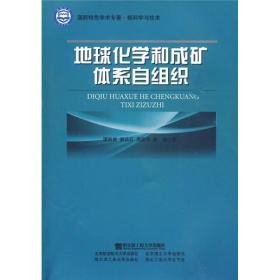
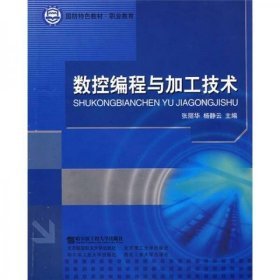
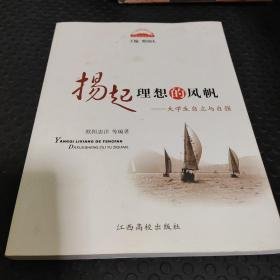
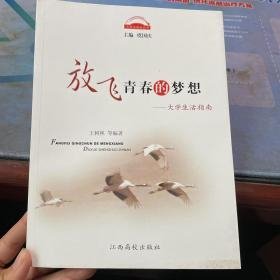




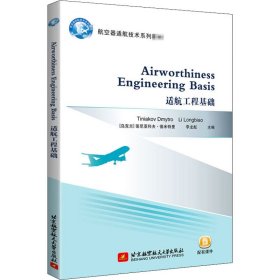

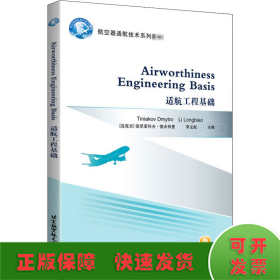


以下为对购买帮助不大的评价